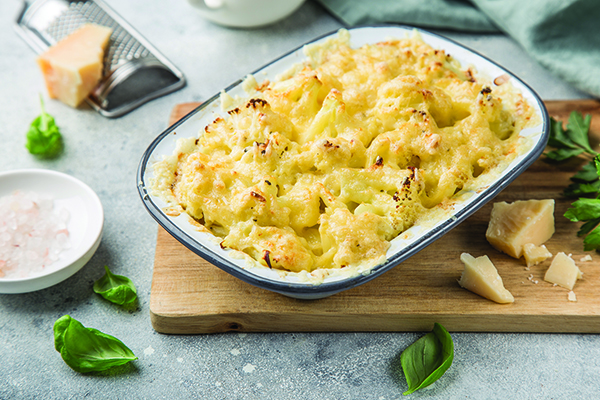Using in-season ingredients in your winter meals is a great way to ensure your food has the richest flavors and is full of nutrients. As a bonus, in-season produce is less expensive, so an expansive menu won’t break the bank. Here are six of the best in-season fruits and vegetables to put on your shopping list this winter.
BRUSSELS SPROUTS
Low in carbohydrates but high in fiber, this vegetable has made a popular resurgence lately due to its nutty flavor and versatility. As a side dish, this vegetable can be roasted, pan fried, or shredded raw, so you can include it in various forms on your table.
LEEKS
An often-overlooked vegetable in the same family as onions and garlic, leeks are a delicious and nutritious winter crop. Because they’re high in fiber, vitamin A, and antioxidants, leeks are an excellent choice for soups and side dishes that would otherwise be composed mainly of carbohydrates and refined ingredients. For example, Leek Gratin has all the flavors of the traditional potato dish but packs a better nutritional punch. If you like to serve a simple vegetable appetizer, Parmesan Roasted Leeks are savory and salty. There are also recipes for cooking the dark, green leaves, so you can stretch the price per pound as far as possible.
APPLES
Apples are a staple of cold weather cooking, so it’s a bonus that you should be able to find a wide variety of types readily available this time of year. Full of flavonoids (a type of antioxidant) and fiber, apples can add sweetness to a dish without contributing to a sugar crash later. Use apples as a dessert ingredient, like in a low calorie Cider-Sweetened Apple Pie, or harness their complex flavor in a savory dish like this vegetarian Apple Quinoa Spoon Bread.
CAULIFLOWER
Cauliflower is a popular vegetable choice these days, and for good reason. Its high nutrient content (including vitamins C, E, and K, folate, fiber, lutein) and antioxidants make it a great choice for adding something healthy to a meal. Use in-season cauliflower as a substitute for popular dishes like mashed potatoes and cheesy sides. You’ll get a similar texture and flavor profile with far more nutrients and fewer carbohydrates.
PEARS
High in vitamin C, potassium, and fiber, pears are a great ingredient to use in your cooking to promote overall health. You can feature this ingredient alongside meat to add some natural sweetness to the dish. If you’re looking to wow dinner party guests, try a Pork Tenderloin with Blue Cheese and Pears. As a dessert ingredient, pears bring moisture and sweetness to a dish, so you can choose recipes that are low in added sugar or oils like Cranberry and Goat Cheese Stuffed Pears.
LEAFY GREENS (Chard, kale, etc.)
Leafy greens are a popular choice for healthy recipes year-round, but during winter months, these vegetables are in-season in many areas and thus less expensive. Leafy greens infuse your meals with vitamin C, folate, calcium, and potassium, a key nutrient to combating bloating and water retention from high levels of sodium (a common occurrence during the holidays!). You can make leafy greens the star of a side dish with an easy recipe like Kale, Roasted Pepper, and Olive Salad, or add greens to a soup to turn leftovers into a filling and delicious healthy meal in the days following a big celebration.
Comments are not available on this story.
Send questions/comments to the editors.


